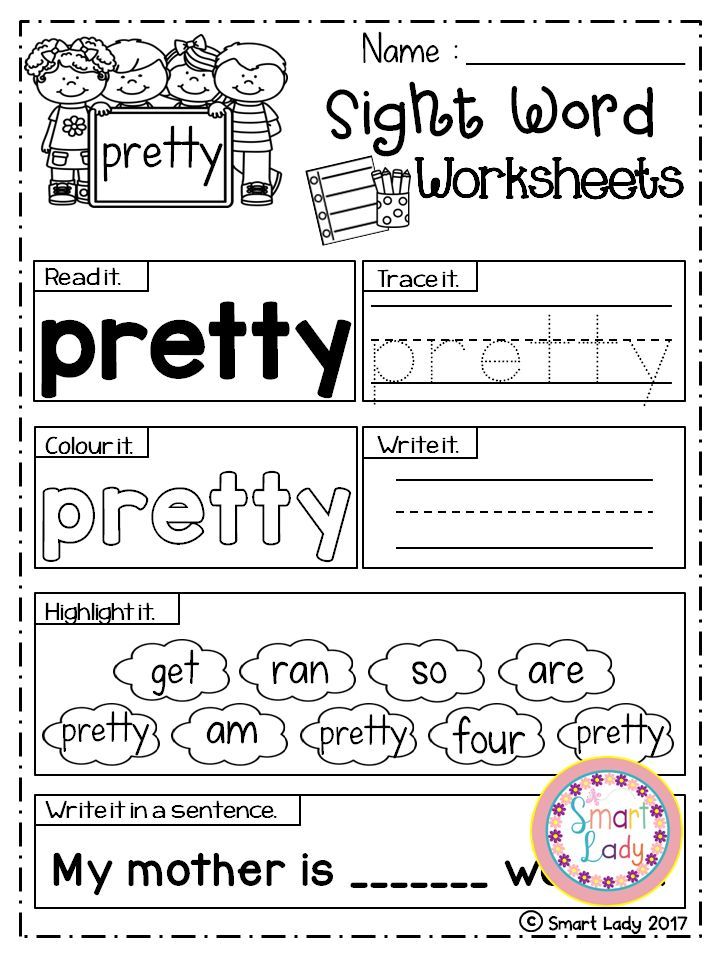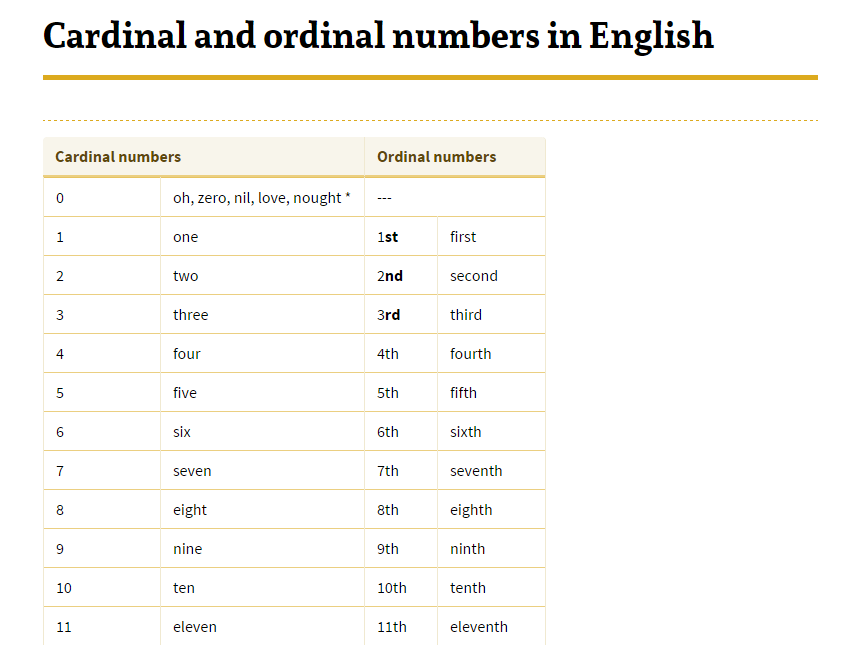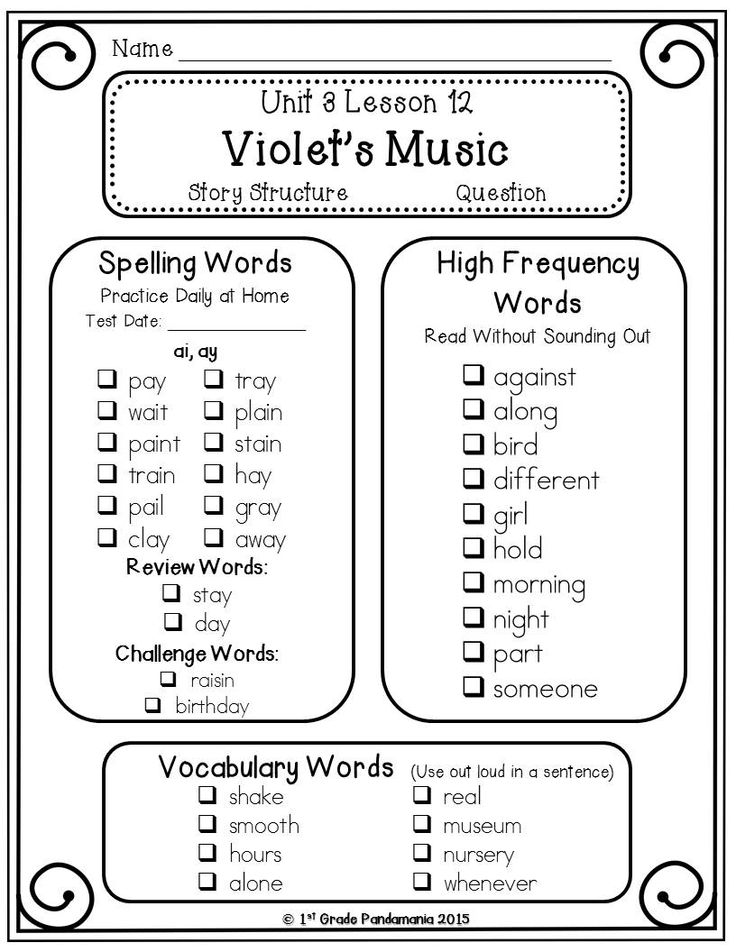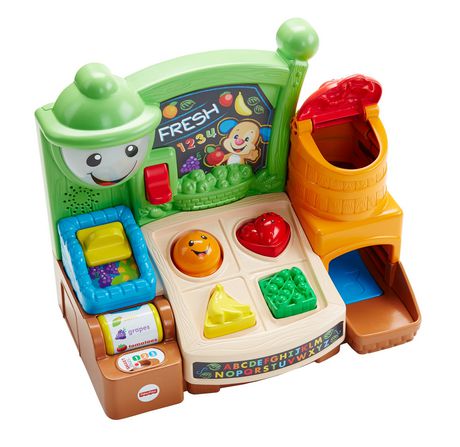Wheels on the bus go round and
Wheels on the Bus - Kids Environment Kids Health
Please enable JavaScript to hear the song!
Adapted by Judy and David Gershon (SOCAN)(c)1992
The wheels on the bus go round and round,
round and round,
round and round.
The wheels on the bus go round and round,
all through the town.
The wipers on the bus go Swish, swish, swish;
Swish, swish, swish;
Swish, swish, swish.
The wipers on the bus go Swish, swish, swish,
all through the town.
The horn on the bus goes Beep, beep, beep;
Beep, beep, beep;
Beep, beep, beep.
The horn on the bus goes Beep, beep, beep,
all through the town..
The money on the bus goes, Clink, clink, clink;
Clink, clink, clink;
Clink, clink, clink.
The money on the bus goes, Clink, clink, clink,
all through the town.
The Driver on the bus says "Move on back,
move on back, move on back;"
The Driver on the bus says "Move on back",
all through the town.
The baby on the bus says "Wah, wah, wah;
Wah, wah, wah;
Wah, wah, wah".
The baby on the bus says "Wah, wah, wah",
all through the town.
The mommy on the bus says "Shush, shush, shush;
Shush, shush, shush;
Shush, shush, shush."
The mommy on the bus says "Shush, shush, shush"
all through the town.
Substitute these lyrics also
The doors on the bus go open and shut.
The bell on the bus goes ding-ding-ding.
The lady on the bus says, "Get off my feet"...
The people on the bus say, "We had a nice ride"...
"Your name" on the bus says Let Me Off!
For parents
School buses travel approximately 4 billion miles and carry more than 25 million kids each year. Clean School Bus is a national program to help communities reduce emissions from older diesel school buses. One simple (and economical) solution: a policy to reduce bus idling while waiting for students at the end of the school day.
For kids
Motor vehicles—including cars, trucks, and busses—cause air pollution. So when you take a bus, join a carpool, or ride your bike, you are helping to reduce air pollution. Check out today’s air quality in your community and challenge yourself with the Access online professional development supported by NIEHS to learn about environmental public health.
For teachers
Ultrafine particles from vehicles, known as UFPs, can have significant effects on health. A Spring 2014 workshop, cosponsored by NIEHS and the Energy Future Coalition, highlighted some of the research on the topic supported by NIEHS and other institutions.
Atlas Experiment Resources
A comprehensive guide to over 8000 education websites sorted by Index/Subject and lifestage, so you can find exactly what you're looking for quickly and easily; useful for home schooling resources, college research, teachers in need of new lesson ideas, or career professionals seeking continuing education opportunities.
Education Portal
The education portal is a directory of colleges, career schools, and universities that may be useful for prospective students who are trying to decide which school to attend.
Back to Top
The Wheels on the Bus Go Round and Round Nursery Rhyme – Nursery Rhyme Central
The Wheels on the Bus go round and round is one of the most famous nursery rhymes. That it is a beloved nursery rhyme isn’t debatable. And all this love is thanks to the relatable lyrics that teach children different lessons.
Let’s look at everything from the origin of the famous rhyme to the lyrics.
What Are the Lyrics for The Wheels on The Bus?
Some lyrics change the All Day Long to All Through the Town – and neither is wrong to sing – just your choice and preference!
Modern Day Lyrics
The wheels on the bus go round and round
Round and round
Round and round
The wheels on the bus go round and round
All Day Long
The doors on the bus go open and shut
Open and shut
Open and shut
The doors on the door go open and shut
All Day Long
The wipers on the bus go, “Swish, swish, swish”
“Swish, swish, swish,”
“Swish, swish, swish,”
The wipers on the bus go, “Swish, swish, swish”
All Day Long
The signals on the bus go blink, blink, blink
Blink, blink, blink
Blink, blink, blink
The signals on the bus go blink, blink, blink
All Day Long
The horn on the bus goes, “Beep, beep, beep. ”
”
“Beep, beep, beep.”
“Beep, beep, beep.”
The horn on the bus goes, “Beep, beep, beep.”
All Day Long
The motor on the bus goes vroom, vroom, vroom
Vroom, vroom, vroom
Vroom, vroom, vroom
The motor on the bus goes vroom, vroom, vroom
All through the town
The people on the bus go up and down
Up and down
Up and down
The people on the bus go up and down
All Day Long
The baby on the bus goes, “Wah, Wah, Wah”
“Wah, Wah, Wah,”
“Wah, Wah, Wah,”
The baby on the bus goes, “Wah, Wah, Wah”
All through the town
The mommies on the bus go, “Shh, shh, shh”
“Shh, shh, shh”
“Shh, shh, shh”
The daddies on the bus go, “Shh, shh, shh”
All Day Long
The daddies on the bus say, ” I love you”
” I love you “
” I love you “
The daddies on the bus go, ” I love you “
All Day Long
The wheels on the bus go round and round
Round and round
Round and round
The wheels on the bus go round and round
All Day Long
Some versions will interchange the order of the verses – and basically when singing it from memory – you just sing it in the order of what you can remember it really doesn’t matter!
You can also add in your own ideas and verses which is why the song is so loved as well!
Alternate Versions of the Wheels on the Bus
Some ideas for different verses and lines are:
The doors on the bus go open and shut.
The bell on the bus goes ding-ding-ding.
The lady on the bus says, “Get off my feet”…
The people on the bus say, “We had a nice ride”…
“Your name” on the bus says Let Me Off!
The Grandma on the Bus goes (kiss, kiss, kiss)
The Grandpa on the Bus goes (snore, snore, snore)
Librarians on the Bus go shh, shh, shh,
shh, shh, shh,
shh, shh, shh,
Librarians on the Bus go shh, shh, shh,
Mummy and daddy on the bus says, I love you,
Policeman on the Bus, goes allo, allo allo,
Grannies on the Bus shake their heads,
Grannies on the Bus knit, knit, knit,
Dentists on the Bus say open wide,
Brakes on the Bus, go screech, screech, screech,
Doors on the Bus go open and shut,
Friends on the Bus say, how are you?
Money on the Bus goes clink, clink, clink,
Teenagers on the Bus go like OMG,
Animal Verses
You can also include animals in the songs to teach the children animal sounds. There are no limits to what you can add to the song as long as you don’t lose the tune!
There are no limits to what you can add to the song as long as you don’t lose the tune!
Dogs on the Bus go woof, woof, woof,
Cats on the Bus go meow, meow, meow,
Mice on the Bus go squeak, squeak, squeak,
Chickens on the Bus go cluck, cluck, cluck,
Ducks on the Bus go quack, quack, quack,
Turkeys on the Bus go gobble, gobble, gobble,
Parrots on the Bus say, Who’s a pretty boy?
Sheep on the bus go baa, baa, baa,
Cows on the Bus go moo, moo, moo,
Pigs on the bus go oink, oink, oink,
Horses on the Bus go neigh, neigh, neigh,
Cockroaches on the Bus go skitter, skitter, skitter,
Tired of singing The Wheels on The Bus the traditional way? Perhaps it’s time to spice it up with the alternate versions above. Having seen the modern lyrics, let’s now see how the original lyrics were.
Full Original LyricsWe refer to the first lyrics of the song ever published when speaking of the original lyrics. The lyrics aren’t what you see in the rhyme today and, of course, don’t follow the same melody we use today.
The lyrics aren’t what you see in the rhyme today and, of course, don’t follow the same melody we use today.
Here are the lyrics as first written in a December 1939 issue of American Childhood:
The wheels of the bus go round and round,
Round and round, round and round;
The wheels of the bus go round and round,
Over the city streets.
The horn of the bus goes “Too-to-too,
“Too-to-too, too-to-too,”
the horn of the bus goes “Too-to-too”
At the other buses, it meets.
The people in the bus go up and down,
Up and down,
up and down;
The people in the bus go up and down,
Bouncing off their seats.
As you can see, the original version differs from what we sing today. There is no all day long or all through the town refrain. Instead, the last line describes the events in the whole verse.
WHAT IS THE HISTORY BEHIND THE WHEELS ON THE BUS?The Wheels on the Bus is an American folk song initially known as the bus first appeared in print in the December 1939 issue of American Childhood.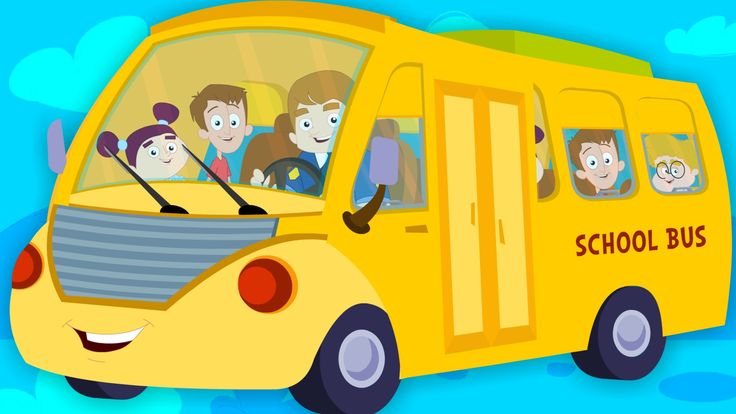
It is popular in most English-speaking countries for several reasons the first being it keeps children entertained over longer periods of time than most rhymes because you can continue to add on verses as you come up with ideas. And secondly, you can change the song to relate to different themes and things which can be helpful when teaching children.
Who Wrote the Wheels on The Bus Nursery Rhyme?
Like all other nursery rhymes, the Wheels on the Bus is an old rhyme. It was first published in 1939 in a December issue of American Childhood, under the name of Verna Hills, who lived between 1898 and 1990. But whether she actually created the song herself or whether she just recorded the words for print from the oral versions heard in not known.
Little is known about the writer Verna Hills apart from her birth and year of death. That’s an entirely common thing for many nursery rhymes written in the early or late 19th century.
Why was The Wheels on the Bus written?
This nursery rhyme was intended to be sung by children while on the bus, possibly to while away the time as they went to school – although sung today on any type of journey and even when not on a bus but in a classroom or at home. We can therefore assume that it doesn’t have any other special meaning other than being a simple song, that was easy to follow and learn to make kids happy as they went to school.
We can therefore assume that it doesn’t have any other special meaning other than being a simple song, that was easy to follow and learn to make kids happy as they went to school.
Back when school buses had only just become a thing, children would spend a lot of time riding to school as the bus picked up children through the town. There were less busses then, and children had to contend with longer bus trips – although I would say many sit on school busses for quite some time even today!
That could be one reason the song was created – to keep the children on school bus trips entertained.
WHAT DO THE WORDS MEAN? DEFINITIONS AND LESSONS FROM THE SONG
What Do Swish and Vroom Mean?
Swish, in this context, refers to the sound the wipers make as they wipe the bus’s windscreen.
Meanwhile, vroom is the sound of the bus’s engine as it moves through town.
What Does This Song Teach Children?
Besides the apparent lessons such as interpersonal skills and teaching your child to speak this song can teach children about so many things which is why it is a preschool favorite.
In the first place, it can teach a child the names of a bus’s sounds and features. Features such as wheels, wipers, and doors and their sounds which are things that children might not know.
Also, the Wheels on The Bus Rhyme can teach a child about the purpose of a bus – that there is a driver, you pay for a ticket, and there are a variety of people who use a bus. It helps develop the concept of transportation.
Then of course, if you change the words to animals for example you can explore in a fun way all the animals that live on a farm or in the ocean or a jungle and the noises they make or how they move!
Lastly, it is very easy to add actions to this song which then helps to develop children’s motor skills and the development of the neural pathways for movement and coordination. When saying the wheels go round and round, you can make round actions with your arms, your can swish them like windscreen wipers, pretend to beep the horn, bounce up and down in your chair or wipe your eyes like a crying baby.
Is The Wheels on the Bus in the Public Domain?
Most people believe that The wheels on the Bus nursery rhyme is public domain because although credited to Verna Hill, the nursery rhyme doesn’t have a confirmed author that owns the copyright. The haziness presumably makes it a public domain song like the other nursery rhymes.
The general copyright consensus is that music published prior to 1926 is public domain -but as the song was first seen in print in 1939 this could interfere with it being so – but really – no one is sure if the same applies to the Wheels on the bus – having no confirmed author.
It is always best to confirm copyright laws with the authorities in your area fo the world before releasing your version of a nursery rhyme where the copyright is not clear!
What Age Group of Children Is the Wheels on The Bus Rhyme Perfect For?
The Wheels on the Bus rhyme is perfect for children from 1.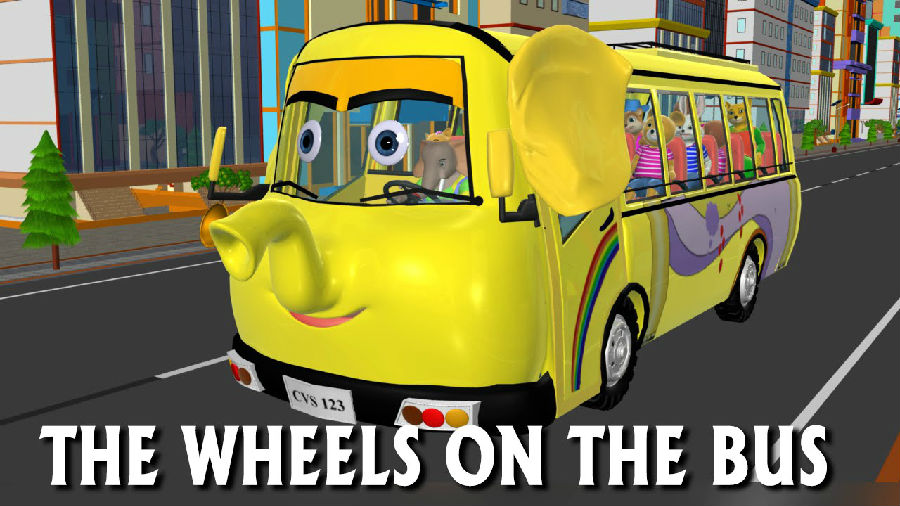 5yrs onwards. As you sing it with the child, you can also integrate hand motions for various verses in the song alongside gestures to teach the child about new things.
5yrs onwards. As you sing it with the child, you can also integrate hand motions for various verses in the song alongside gestures to teach the child about new things.
That, however, doesn’t mean you can’t sing the song to a one-week-old baby. You’re free to sing away to a child of any age, provided they love the song. However, older children aged 3 to 7 years might better relate to the song as they might have more worldly experience with buses or transport.
THE WHEELS ON THE BUS INSPIRED LESSON PLANS
All nursery rhyme songs aim to teach children new lessons as they grow. For that reason, there are several lessons plans you can use with these nursery rhymes.
The following is a selection of Lesson Plans that I have found inspired by the Wheels on The Bus Nursery Rhyme. Other websites host all the lessons, so you must click on the images to learn more and download their resources.
What Songs Share a Melody with Wheels on The Bus?The Wheels on the Bus shares a melody and tune with another nursery rhyme.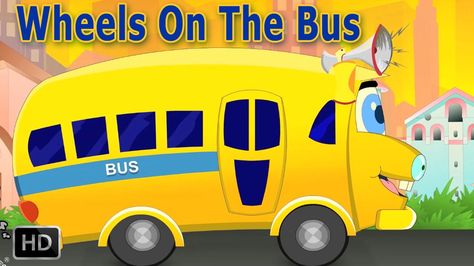 We Go Round the Mulberry Bush. However, the former wasn’t originally sung in the same way as the latter.
We Go Round the Mulberry Bush. However, the former wasn’t originally sung in the same way as the latter.
That must have been a development that happened over the years to incorporate the new lyrics and make them enjoyable. Despite the two songs sharing the same tune, they aren’t the same. They have different lyrics and teach different lessons.
SHEET MUSICWhat Time Signature is The Wheels on the Bus Played In?
The Wheels on The Bus is sung in the 2/4-time signature. You can thus play it with any instrument if you like.
HOW TO PLAY THE WHEELS ON THE BUS ON A MUSICAL INSTRUMENT
The Wheels on the Bus is playable on many types of instruments. The instructional videos below should offer the proper guidance to play the song.
Children's Songs of the Wheel by the Bus Children's song about the bus and other songs for children watch online video from Hasl Media in good quality.
6+
1 year and 3 months ago
BroiSis - Children's Songs154 subscribers
Playlist with children's songs BroiSys: https://www. youtube.com/playlist?list=PLKf8BioPJp1BiznV8U3xsxN6ry_A5qH86 Children's Songs Wheels by the Bus Children's song about the bus The bus is never boring, because there is always something going on. The wheels spin fast, the wipers slam on the windows, the doors open and close, the headlights flash, the horn buzzes - in general, there is noise and din. But what fun to go somewhere with the whole family! And on our children's channel you will find children's songs with animals, counting rhymes for children, educational songs for children and other interesting children's songs. #wheels of the bus #children's songs #songs for children 00:00 Wheels at Awobus 02:38 Head, shoulders, knees and toes ✋ https://youtu.be/t725xBtpogU 05:26 Lived at Grandma's Two Merry Goose https://youtu.be/afTjKZgSTpY 07:49Zainka Dance https://youtu.be/vnKs4TMzW3Y 09:08 Bunny came out for a walk https://youtu.be/D1KvpTQ3Kgo 10:50 Bear Clubfoot Walks through the Forest https://youtu.be/Qda7mS2jeqE 13:46 My Hands https://youtu.
youtube.com/playlist?list=PLKf8BioPJp1BiznV8U3xsxN6ry_A5qH86 Children's Songs Wheels by the Bus Children's song about the bus The bus is never boring, because there is always something going on. The wheels spin fast, the wipers slam on the windows, the doors open and close, the headlights flash, the horn buzzes - in general, there is noise and din. But what fun to go somewhere with the whole family! And on our children's channel you will find children's songs with animals, counting rhymes for children, educational songs for children and other interesting children's songs. #wheels of the bus #children's songs #songs for children 00:00 Wheels at Awobus 02:38 Head, shoulders, knees and toes ✋ https://youtu.be/t725xBtpogU 05:26 Lived at Grandma's Two Merry Goose https://youtu.be/afTjKZgSTpY 07:49Zainka Dance https://youtu.be/vnKs4TMzW3Y 09:08 Bunny came out for a walk https://youtu.be/D1KvpTQ3Kgo 10:50 Bear Clubfoot Walks through the Forest https://youtu.be/Qda7mS2jeqE 13:46 My Hands https://youtu. be/KrU53BlNuhI 16:07 Blue tractor https://youtu.be/PSKjbn_iYuw 19:21 Yellow Elephant in Sandals https://youtu.be/RA0H6SyGg48 21:30 My Cow https://youtu.be/X3HoM6TsonM 23:35 Five Monkeys Jump https://youtu.be/AQsBhqAVbmc 25:37 If Life Is Fun Do It Like This https://youtu.be/1_15w0X-3U8 27:01 Song about Elephants https://youtu.be/DnX8ae46APs 29:58 The World Is So Wonderful https://youtu.be/jx7-dFKKmUA Instagram: https://www.instagram.com/bro_and_sis_russia/ Facebook: https://www.facebook.com/broandsis.russia Lyrics of the song The wheels of the bus are turning: ======================================== The wheels of the bus are turning, Turn-scha-yut-sya, Come on! The wheels of the bus are spinning Day-day! The doors of the bus clap-clap-clap, Clap-clap-clap, Clap-clap-clap! Bus doors clap-clap-clap Day-day! Brushes at the bus whack-whack-whack, Whack-whack-whack, Whack-whack-whack! Brushes at the bus whack-whack-whack Day-day! The headlights on the bus are instant, instant, instant, Moment-moment-moment, Moment-moment-moment! Headlights on the bus Day-day! And the horn of the bus is bb-b-b, BBC, Bi-bi-bi! And the whistle of the bus beep beep Day-day! And the bus motor dirr-dirr-dyrr, Dirr-dirr-dirr, Dirr-dirr-dirr! And the bus motor dirr-dirr-dyrr Day-day! Passenger on the bus back and forth Back and forth Back and forth! Passenger on the bus back and forth Day-day! And the kid on the bus whimper, whimper, whimper, whine-whine-whine, Whine-whine-whine! And the kid on the bus whimper whimper Day-day! Mommy on the bus: "Ssssssssssss Shhhhhhhhhhhhh Shhhhhhhhh!” Mommy on the Bus: "Shhhhhhhhh!" Day-day! Playlist with New Year's children's songs: https://www.
be/KrU53BlNuhI 16:07 Blue tractor https://youtu.be/PSKjbn_iYuw 19:21 Yellow Elephant in Sandals https://youtu.be/RA0H6SyGg48 21:30 My Cow https://youtu.be/X3HoM6TsonM 23:35 Five Monkeys Jump https://youtu.be/AQsBhqAVbmc 25:37 If Life Is Fun Do It Like This https://youtu.be/1_15w0X-3U8 27:01 Song about Elephants https://youtu.be/DnX8ae46APs 29:58 The World Is So Wonderful https://youtu.be/jx7-dFKKmUA Instagram: https://www.instagram.com/bro_and_sis_russia/ Facebook: https://www.facebook.com/broandsis.russia Lyrics of the song The wheels of the bus are turning: ======================================== The wheels of the bus are turning, Turn-scha-yut-sya, Come on! The wheels of the bus are spinning Day-day! The doors of the bus clap-clap-clap, Clap-clap-clap, Clap-clap-clap! Bus doors clap-clap-clap Day-day! Brushes at the bus whack-whack-whack, Whack-whack-whack, Whack-whack-whack! Brushes at the bus whack-whack-whack Day-day! The headlights on the bus are instant, instant, instant, Moment-moment-moment, Moment-moment-moment! Headlights on the bus Day-day! And the horn of the bus is bb-b-b, BBC, Bi-bi-bi! And the whistle of the bus beep beep Day-day! And the bus motor dirr-dirr-dyrr, Dirr-dirr-dirr, Dirr-dirr-dirr! And the bus motor dirr-dirr-dyrr Day-day! Passenger on the bus back and forth Back and forth Back and forth! Passenger on the bus back and forth Day-day! And the kid on the bus whimper, whimper, whimper, whine-whine-whine, Whine-whine-whine! And the kid on the bus whimper whimper Day-day! Mommy on the bus: "Ssssssssssss Shhhhhhhhhhhhh Shhhhhhhhh!” Mommy on the Bus: "Shhhhhhhhh!" Day-day! Playlist with New Year's children's songs: https://www. youtube.com/watch?v=JEs3fEMHl-4&list=PLKf8BioPJp1D1RRhq0T0E9Jou--Lfh3WD Playlist with children's songs in Spanish: https://www.youtube.com/playlist?list=PLKf8BioPJp1Bt00BeHcXOTBXj3JyMebm2 Playlist with children's songs in Italian: https://www.youtube.com/playlist?list=PLKf8BioPJp1B8Ho9PFeXwhYqPv7tqVS-H © 2021 BROandSIS
youtube.com/watch?v=JEs3fEMHl-4&list=PLKf8BioPJp1D1RRhq0T0E9Jou--Lfh3WD Playlist with children's songs in Spanish: https://www.youtube.com/playlist?list=PLKf8BioPJp1Bt00BeHcXOTBXj3JyMebm2 Playlist with children's songs in Italian: https://www.youtube.com/playlist?list=PLKf8BioPJp1B8Ho9PFeXwhYqPv7tqVS-H © 2021 BROandSIS
What is ABS and why it has become mandatory for modern cars
- Home
- Articles
- What is ABS and why it has become mandatory for modern cars
Author: Alexey Kokorin
The abbreviation ABS, or ABS in Russian, has become absolutely familiar to the ear of every motorist. Some novice drivers know that their car is equipped with ABS, but sometimes do not realize what it is and how it works, until one day the brake pedal, when pressed, begins to “crunch”, vibrate and “shoot” in the leg. What is ABS, and why has it become an unspoken, and in many countries, legally established standard equipment for a modern car?
What is ABS, and why has it become an unspoken, and in many countries, legally established standard equipment for a modern car?
1. What is ABS?
ABS, or ABS, is an anti-lock braking system that prevents the wheels from locking when braking. If, during braking, one or more of the vehicle's wheels lock up and begin to skid, the ABS will relieve the pressure in the corresponding brake line and the wheel will start to spin again. If the brake pedal is constantly and strongly depressed, this wheel lock-unlock process will continue continuously until the end of braking and may occur several times per second.
2. Why ABS?
Even many of those who know what ABS is, sometimes mistakenly or not completely correctly imagine the main purpose of this system. The main mistake in presenting the ABS functionality is the belief that the anti-lock braking system is needed to reduce the braking distance of the car. However, in fact, its main purpose is to maintain the ability to drive a vehicle during braking, even emergency.
On a car without ABS, during emergency braking for an inexperienced driver, the control wheels will be blocked - which means that turning the steering wheel in any direction will not have any effect on the trajectory of the car: it will continue to move straight until it is restored adhesion of the front steering wheels to the surface. ABS solves this problem: by continuously monitoring the rotation of the wheels and unlocking them if necessary, it ensures their rotation and thus maintains the necessary grip on the road surface, allowing you to simultaneously brake and maneuver.
Another fundamental function of the ABS, which follows directly from the above, is to provide safe, uniform and straight-line braking on non-uniform grip surfaces. For example, if one side of the car hits a wet surface, a slippery lane or ice, and the other side is driving on relatively clean asphalt, emergency braking without ABS will cause one side to brake more efficiently than the other - and the car will immediately turn and spin in an uncontrollable skid. This is especially dangerous when driving in a turn, when a lateral force is already acting on the car: the difference in the braking efficiency of the wheels in this case easily upsets the balance.
However, the statement about the usefulness of ABS for reducing the stopping distance of a car is also true, but only partly. On surfaces with even and sufficient grip on paved wheels, skid braking with locked wheels will be less effective than braking without locking the wheels, and the stopping distance will generally be longer in the former case. In this case, the use of ABS really reduces the braking distance, preventing the wheels from sliding on the surface. However, on loose surfaces such as gravel, snow or sand, when braking without ABS, locked wheels dig deeper, creating an additional barrier in front of them, shortening the braking distance. The operation of the ABS in this case causes the wheels to rotate, preventing them from burrowing and thereby lengthening the stopping distance of the car.
“Impairs” anti-lock braking system and braking on clear ice on studded tires: a locked studded wheel “bites” into the ice, leaving furrows, and works at its limit - and if ABS comes into play, the wheel rotates with short slips, and the effectiveness of such braking will be lower. It is this fact that many “experienced” and “knowledgeable” drivers operate on, considering ABS a technological excess that prevents them from “controlling” the car. However, despite the increase in stopping distance, ABS retains its main advantage on ice: it makes it possible to maneuver and drive a car, and not just wait for the outcome by holding the brake pedal.
3. How does ABS work?
ABS has undergone a significant evolution over the years, but the basic principle and functional elements have been developed for a long time. A typical ABS includes wheel speed sensors, control valves in the hydraulic brake line, and an electronic unit that receives information from the sensors and controls the operation of the valves.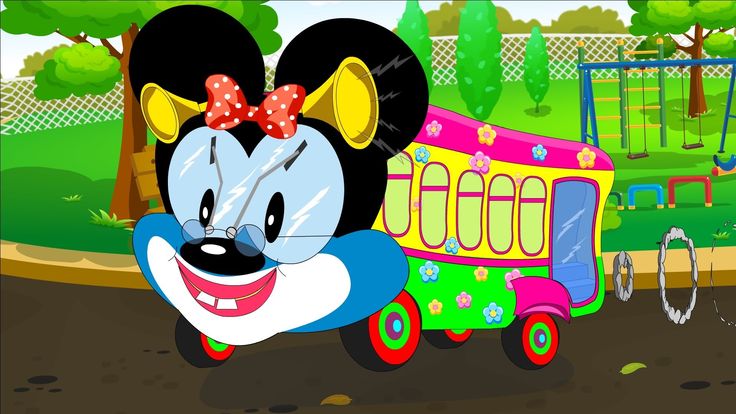
If a sensor mounted on the wheel hub indicates a sudden slowdown or a complete stop, the control unit instructs to briefly open the valve to reduce the pressure in the brake line and force the wheel to rotate. The process of polling the sensors on the wheels by the control unit and unlocking the wheels can be carried out several times per second - that is why the pedal “vibrates” when the ABS is activated. In addition to the three components listed above, the ABS may include a pump, which is designed to quickly restore pressure in the brake line after it has been reduced due to the opening of the valve.
ABS can have a different number of sensors and control valves: depending on their number, the so-called "four-channel", "three-channel", "two-channel" and "single-channel" ABS are distinguished. The number of "channels" is determined precisely by the number of control valves that can control the pressure in the brake line: if there are four, one individual for each of the wheels, then the system is four-channel, if three - one for each of the front wheels and one common for the rear the axis is three-channel, if there are two valves, one per axle is two-channel, and if there is one valve, then it is single-channel. Modern ABS, of course, are four-channel - the rest of the circuits are found on older cars.
Modern ABS, of course, are four-channel - the rest of the circuits are found on older cars.
It is worth noting that the wheel rotation sensors react precisely to a sharp decrease in the speed of this rotation, and can also transmit information to the control unit about a large differential difference between the speeds of rotation of the wheels on different axles or sides of the vehicle. However, the ABS operation takes into account the fact that the speeds of rotation of the wheels on one axle can be uneven even under normal conditions: for example, when turning, the wheels on the outside of the turn will rotate faster than on the inside.
4. Why did ABS become the standard for modern cars?
In view of the above, the answer to this question is now clear: ABS significantly improves the active safety of the vehicle. The modern driver is much less specific and professional than half a century ago: if once upon a time high demands were made on the driver, forcing him to be able to do a lot, now the car has become a household item, and driving it is made as accessible as possible for everyone. Accordingly, a modern car should be as convenient and safe to drive as possible, even for a novice driver with minimal qualifications.
Accordingly, a modern car should be as convenient and safe to drive as possible, even for a novice driver with minimal qualifications.
Well, ABS in particular solves the problem of loss of control during emergency braking. The sudden appearance of an obstacle on the road makes a person instinctively hit the brakes. In case he entered the corner at too high a speed, the solution would be the same. Hooked on the side of the road - also braking ... In general, a person's natural reaction to the occurrence of a dangerous or simply abnormal situation is a sharp press on the brake pedal, and only then - perhaps an attempt to correct this situation with a steering wheel. ABS in this case significantly reduces the price of this error. Therefore, it is not surprising that, for example, in the European Union, equipping a car with ABS became mandatory by law as early as 2004.
5. What if my car does not have ABS?
If your car is not equipped with ABS, its operation can be simulated by a simple trick, which is quite obviously called “intermittent braking”.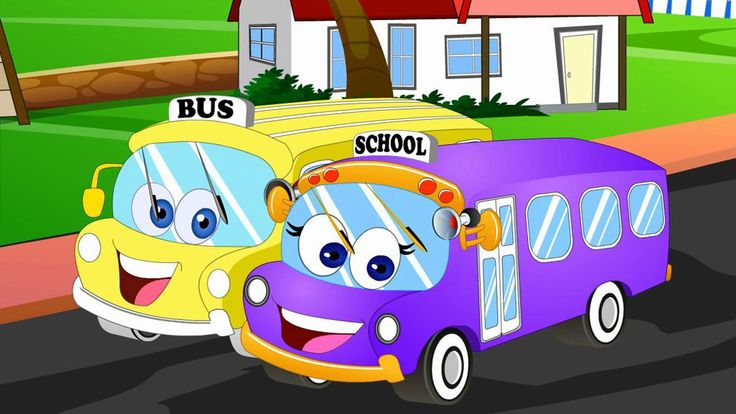 Actually, it is the possession of it that characterizes drivers with some experience: such a driver, having felt the wheels lock, overrides the natural instinctive desire to continue to press the pedal harder, and reduces the effort on it and begins to brake intermittently, pressing on the pedal with jerks. Such braking can be compared with the operation of a primitive single-channel ABS - only even an experienced driver is not able to provide such a frequency of “shocks” as electronics. However, intermittent braking still provides the desired effect, keeping the wheels spinning when slowing down.
Actually, it is the possession of it that characterizes drivers with some experience: such a driver, having felt the wheels lock, overrides the natural instinctive desire to continue to press the pedal harder, and reduces the effort on it and begins to brake intermittently, pressing on the pedal with jerks. Such braking can be compared with the operation of a primitive single-channel ABS - only even an experienced driver is not able to provide such a frequency of “shocks” as electronics. However, intermittent braking still provides the desired effect, keeping the wheels spinning when slowing down.
FAQ
New Articles
Articles / Tuning Complete set that was not: tuning Subaru Forester SG Attitude towards tuning, even among car owners, can be different: someone is a fan of any modifications, someone is fond of styling, someone loves sleepers, and someone (for example, me) is generally a pro . .. 225 0 one 11/11/2022
Articles / Repair and maintenance Air filter index: Parts price pullback, no shortages and a flurry of fakes The ruble exchange rate has stabilized in recent months at a relatively comfortable level for importers. Did prices for spare parts and consumables follow? In general, yes, and the prices for some... 923 one one 09.11.2022
Articles / Popular questions Not only alcohol: with what symptoms it is forbidden to drive Usually, only alcohol and drug intoxication are considered restrictions with which it is forbidden to drive. At the same time, all the symptoms with which you can not drive a car are indicated in one bulletin. 1044 0 one 07.11.2022
At the same time, all the symptoms with which you can not drive a car are indicated in one bulletin. 1044 0 one 07.11.2022
Popular test drives
Test drives / Test drive Haval Dargo vs Mitsubishi Outlander: the dog is barking, the stranger is coming In the Haval dealership in the south of Moscow, life is in full swing: buyers look at cars, communicate with managers and sign some papers. While I was waiting for the test Dargo, the same cross... 15704 7 205 13.09.2022
Test drives / Test drive Motor from Mercedes, emblem from Renault, assembly from Dacia: test drive of the European Logan 1.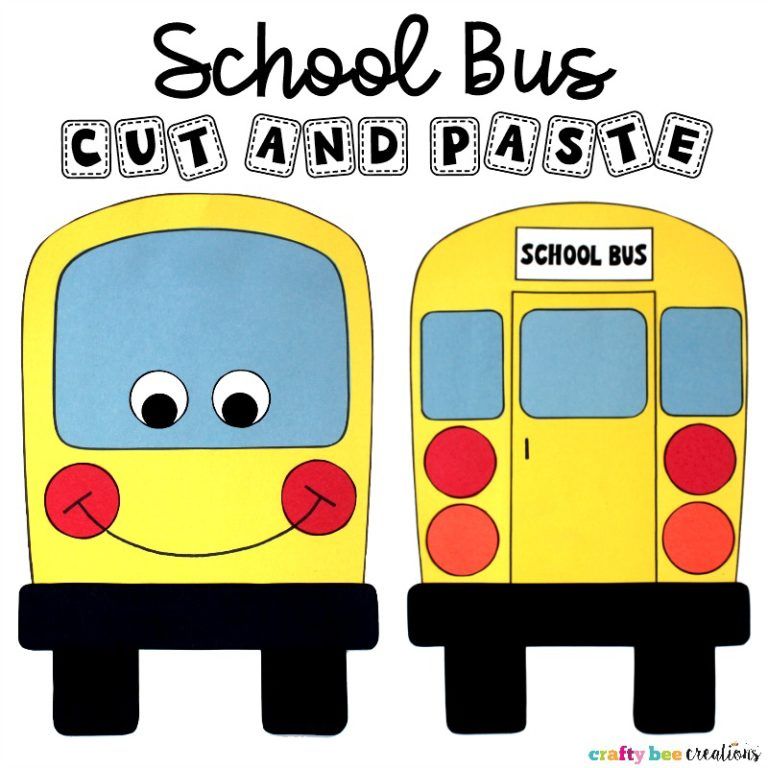

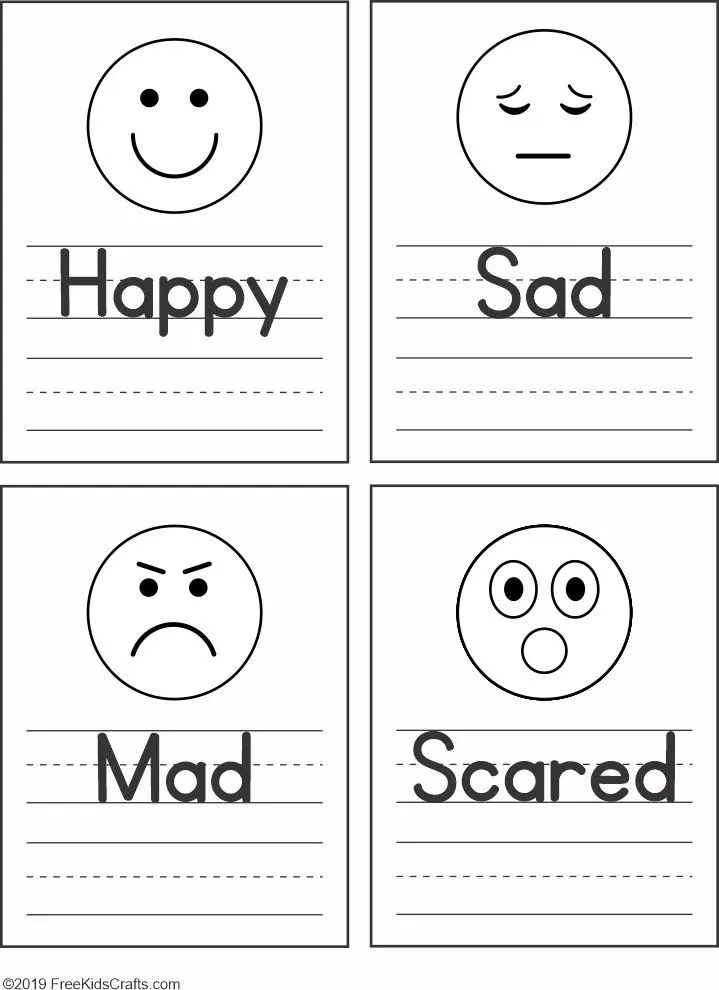
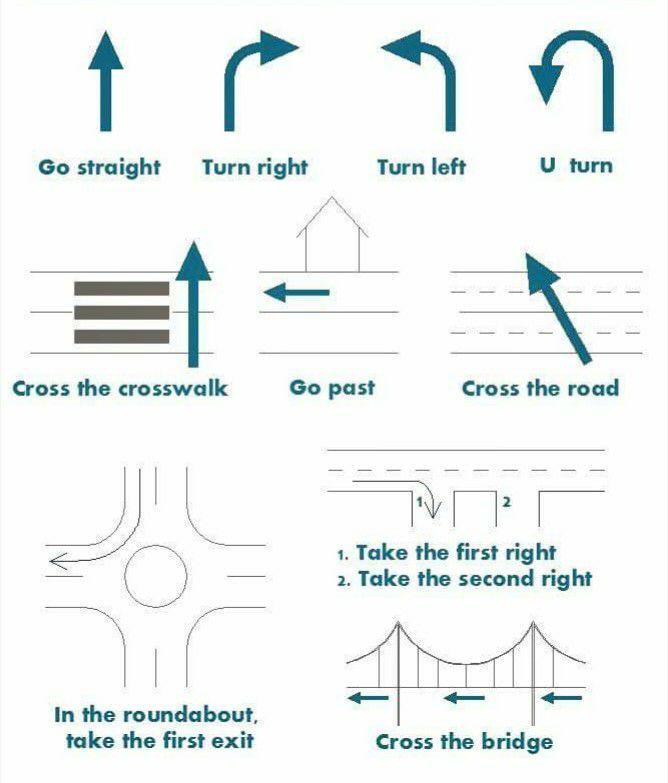
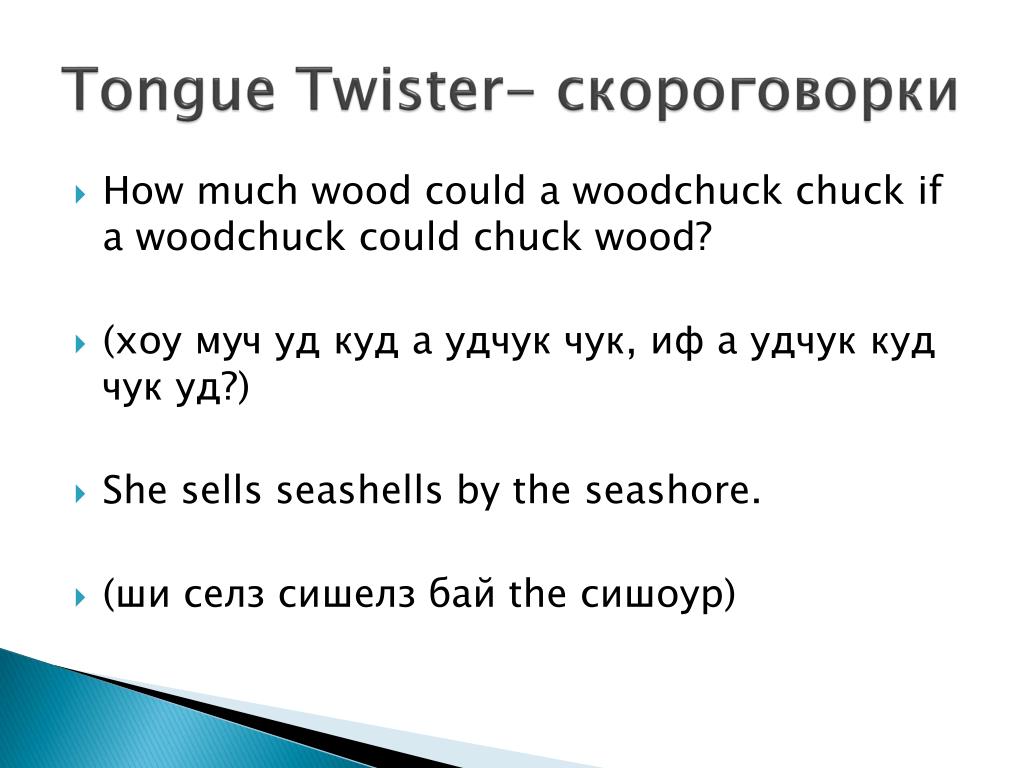
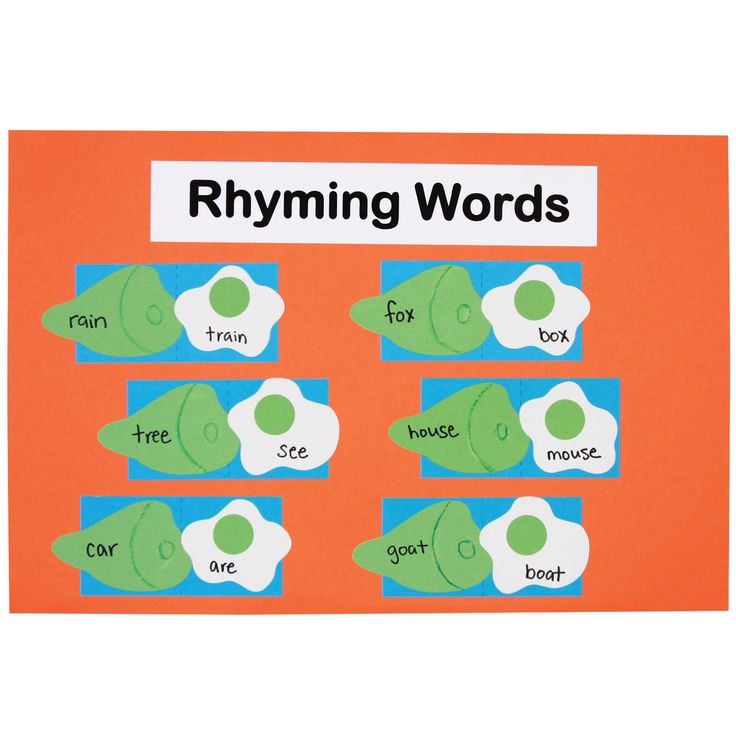
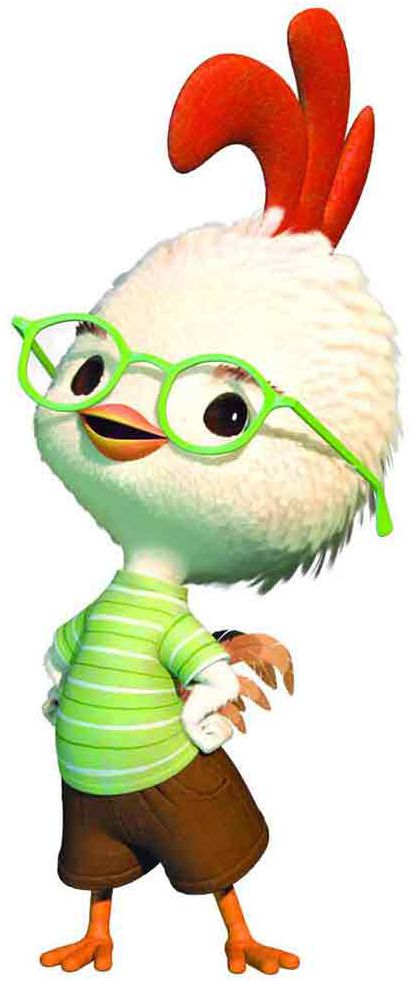.jpg)
